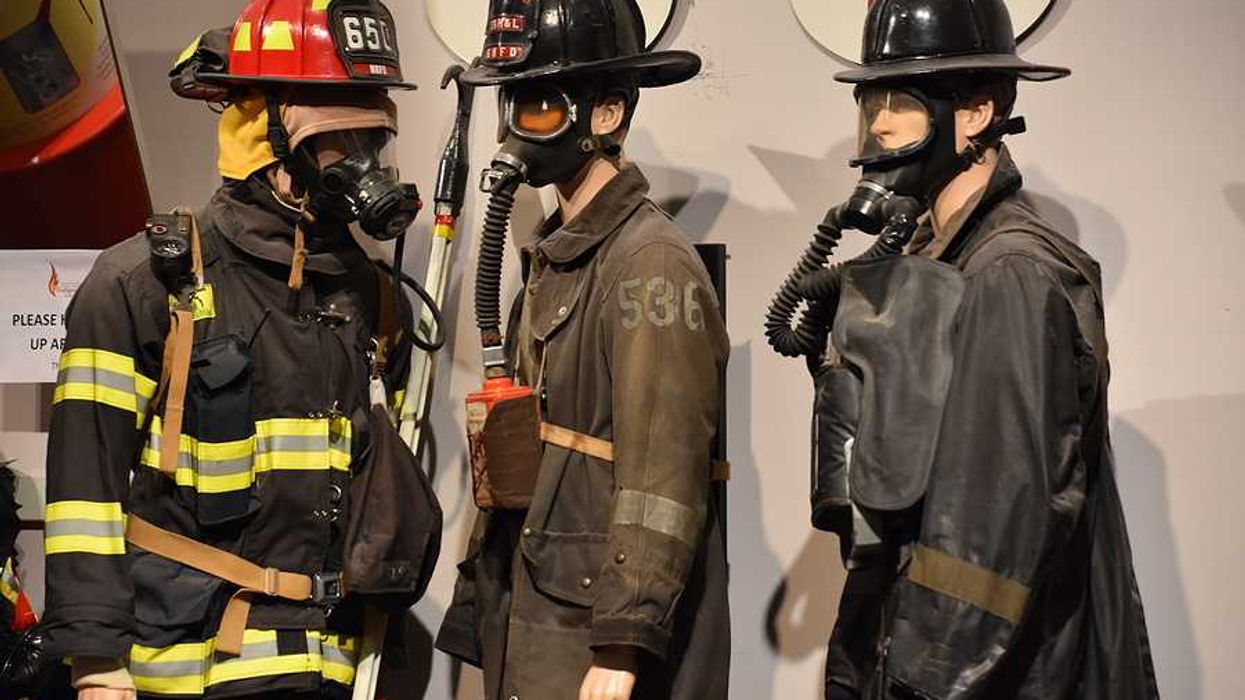As Karachi endures more frequent and intense heatwaves, a former government minister and a researcher document how climate extremes are reshaping daily life and exposing deep social inequalities.
Aman Azhar reports for Inside Climate News.
In short:
- Karachi’s record-breaking heatwave in June 2024 killed hundreds, mostly poor and elderly residents, while power outages and vanishing green space worsened exposure and suffering.
- Stanford anthropologist Ali Zaidi’s fieldwork in Karachi’s working-class neighborhoods finds that heat not only affects health but alters daily patterns of work, rest, and social interaction, especially where infrastructure is weakest.
- Former climate minister Sherry Rehman says Pakistan’s climate response has been fragmented and under-resourced, and a lack of reliable mortality data hides the full toll of heat disasters.
Key quote:
“It’s not the drastic events, it’s the silent things, the way things are changing on an everyday basis.”
— Ali Zaidi, Ph.D. candidate in anthropology at Stanford
Why this matters:
Extreme heat is the deadliest form of climate-related disaster, especially in cities where rapid development outpaces infrastructure. Karachi — Pakistan’s largest city — offers a stark example of how heat exacerbates existing inequalities: Air conditioning, tree cover and water access separate those who suffer most from those who can insulate themselves. People with chronic illness, inadequate housing or limited access to care are hit hardest. As nighttime temperatures rise and last longer, the body has less chance to recover, particularly among laborers and the elderly. When death registries undercount heat-related mortality and data gaps persist, it becomes easier for governments to delay action. Cities like Karachi are becoming test cases for how societies will live — and die — on a hotter planet.
Read more: Most climate disaster deaths in Pakistan go uncounted as heat and floods strain health care














